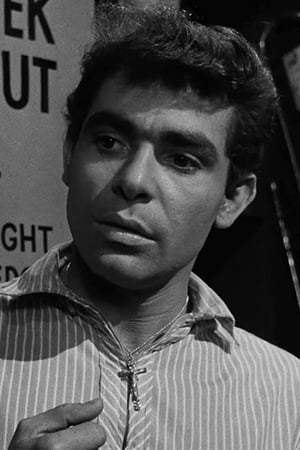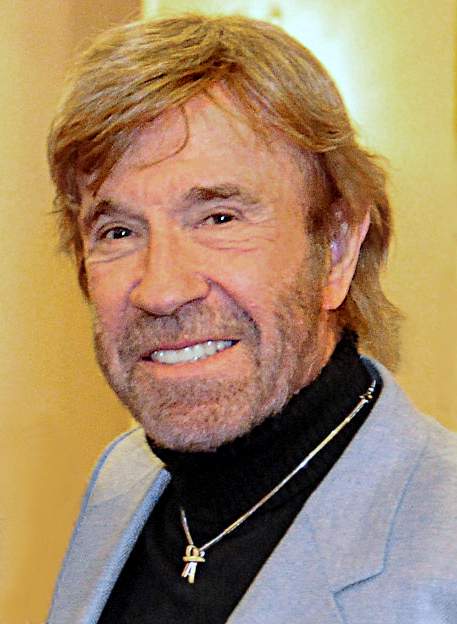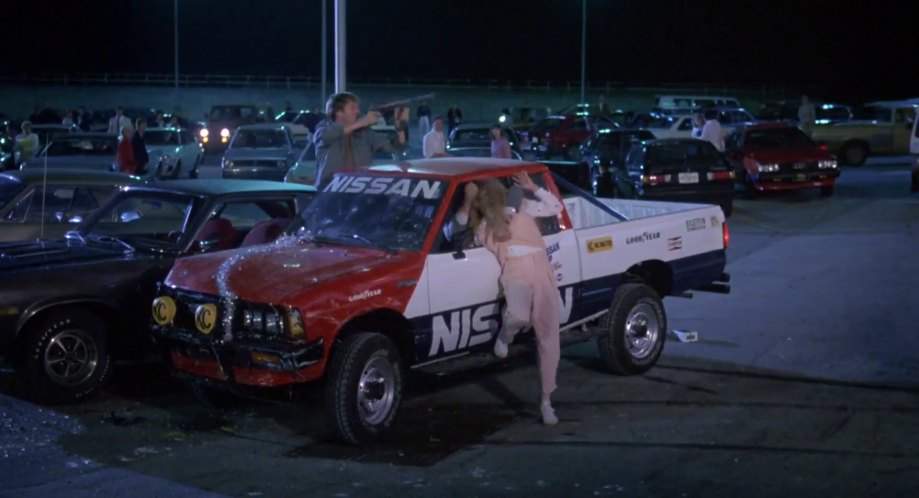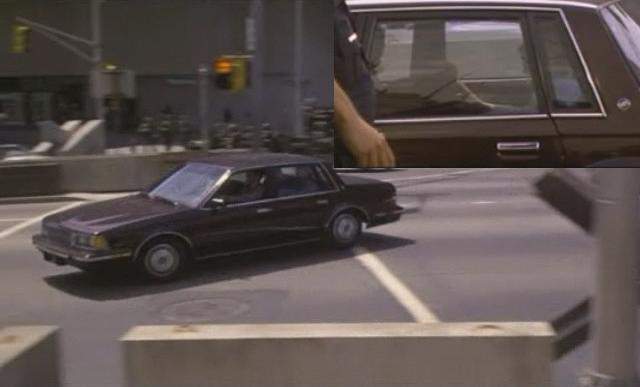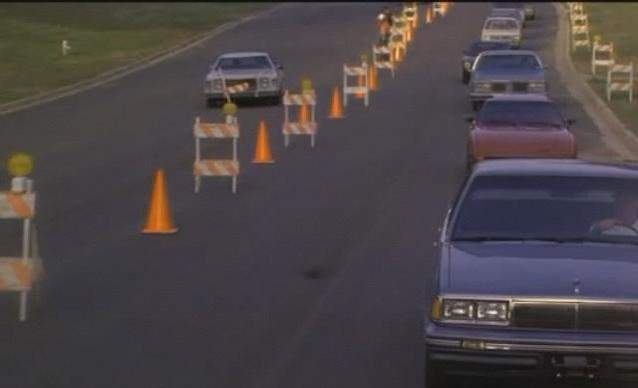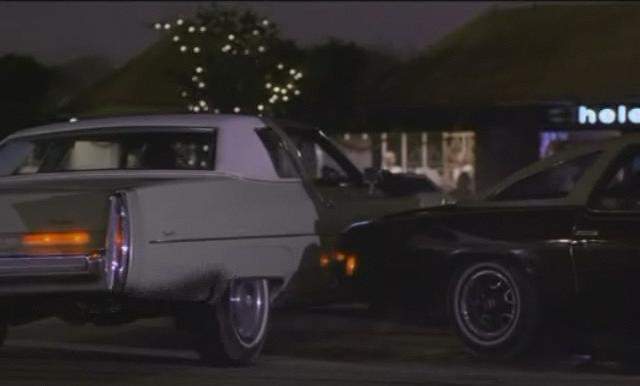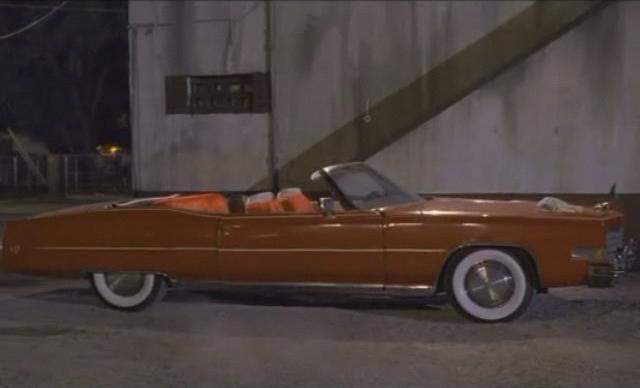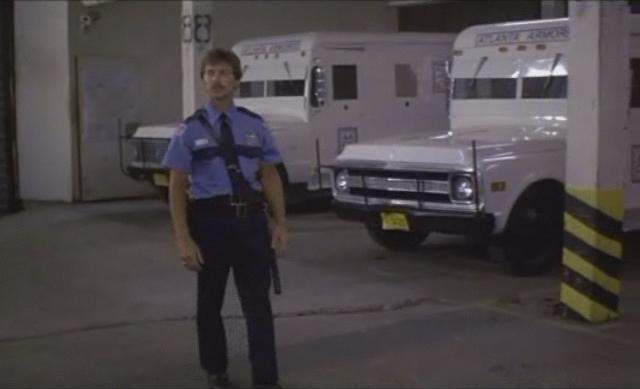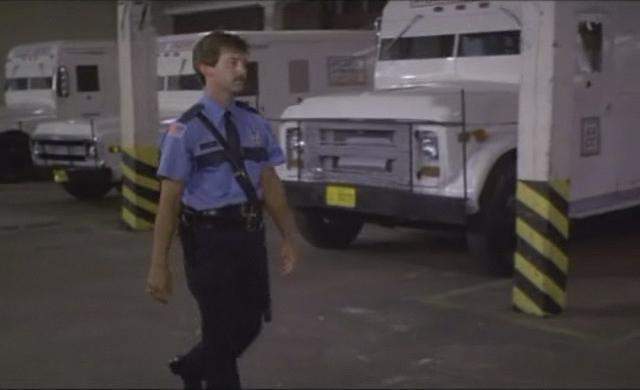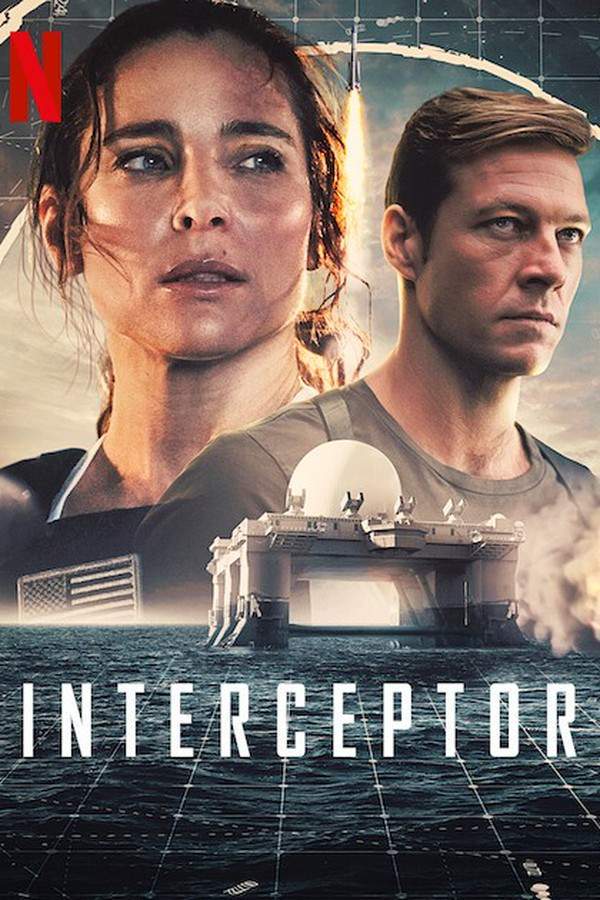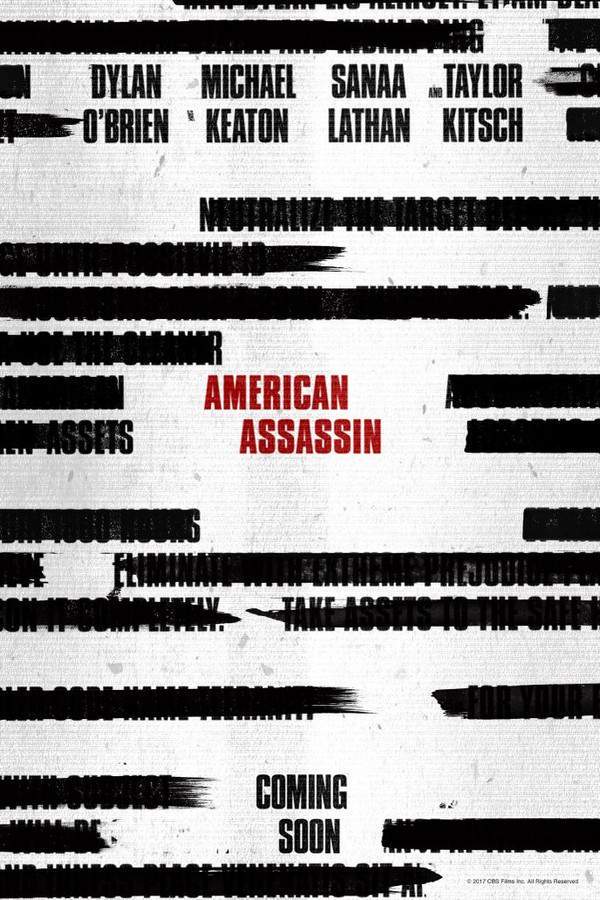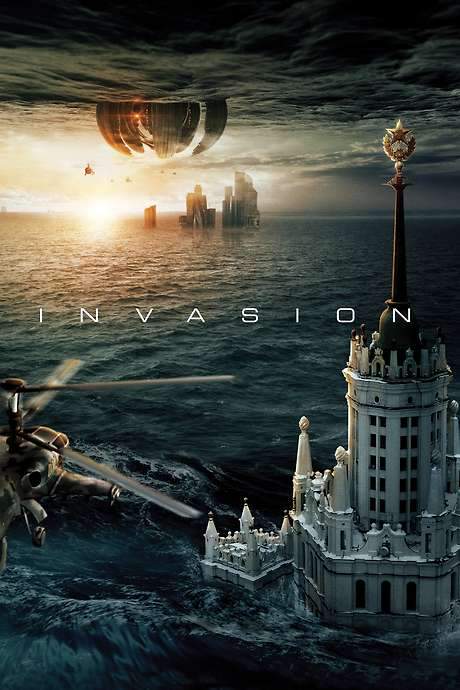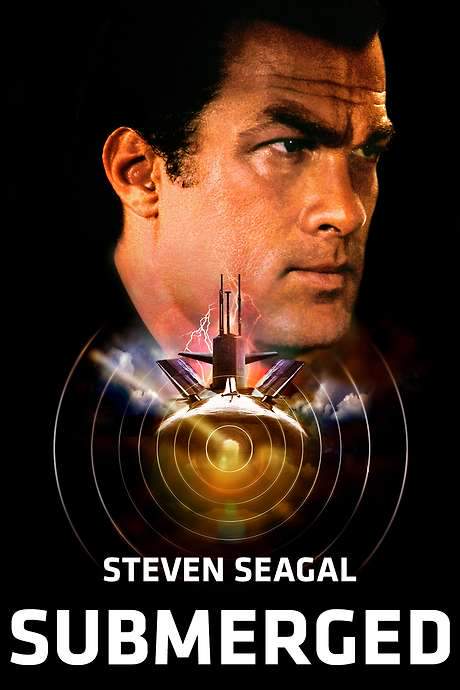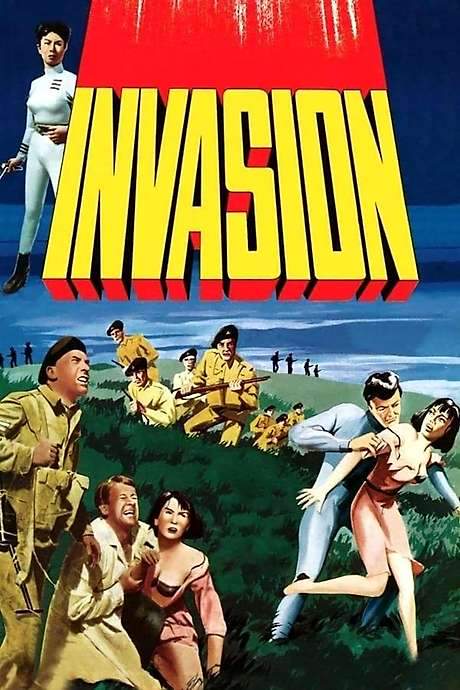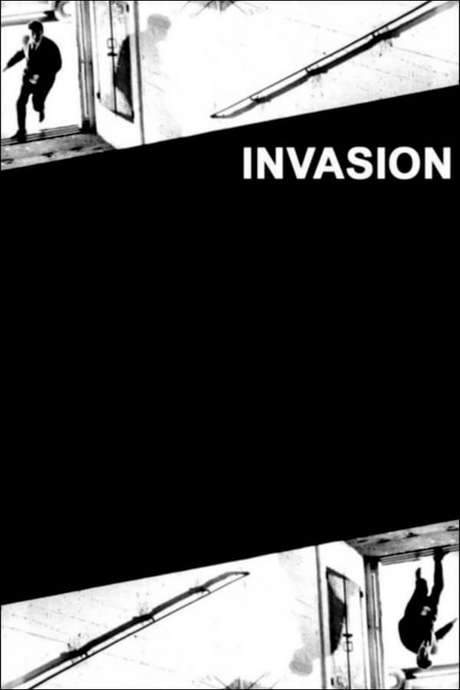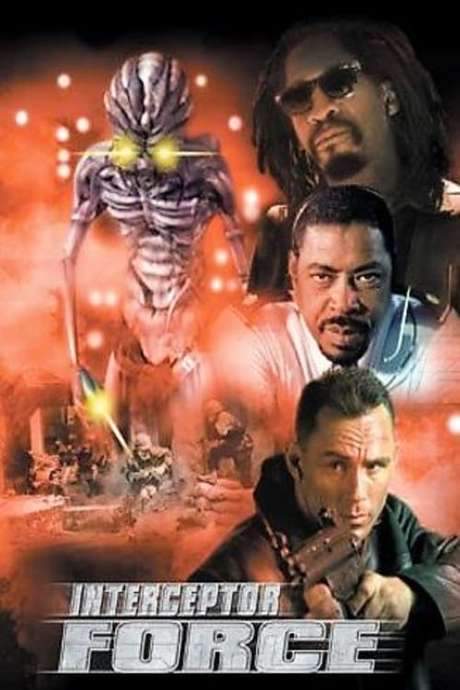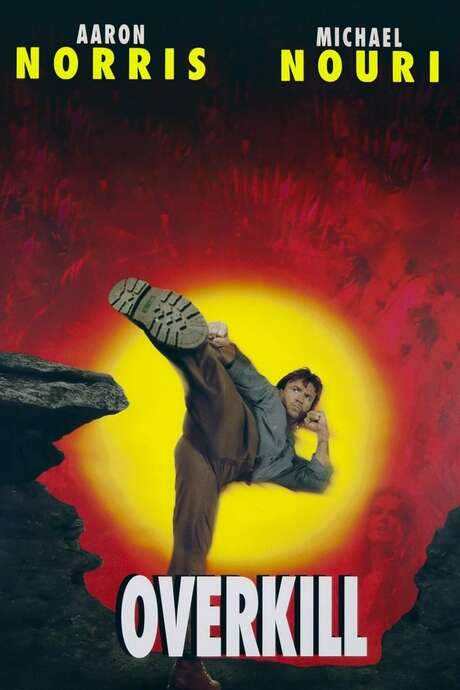Invasion U.S.A. 1985
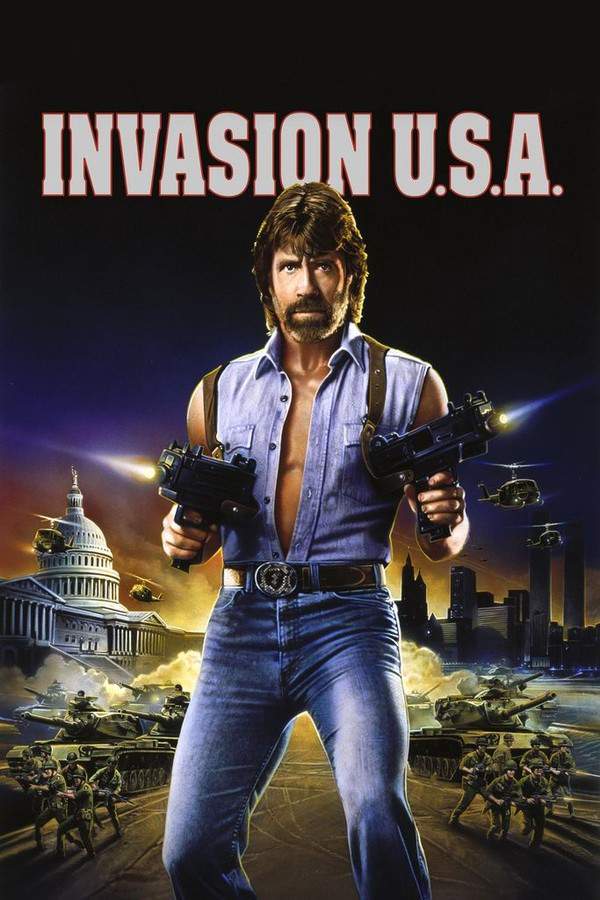
A retired CIA operative, Matt Hunter, is reactivated when his longtime adversary, Mikhail Rostov, launches a terrifying assault on southern Florida. Rostov’s communist guerrillas wreak havoc, endangering countless lives. Hunter must join forces with the National Guard and the FBI to confront Rostov and his forces, working to restore peace and stability to the region in a dangerous game of cat and mouse.
Does Invasion U.S.A. have end credit scenes?
No!
Invasion U.S.A. does not have end credit scenes. You can leave when the credits roll.
Meet the Full Cast and Actors of Invasion U.S.A.
Explore the complete cast of Invasion U.S.A., including both lead and supporting actors. Learn who plays each character, discover their past roles and achievements, and find out what makes this ensemble cast stand out in the world of film and television.
External Links and Streaming Options
Discover where to watch Invasion U.S.A. online, including streaming platforms, rental options, and official sources. Compare reviews, ratings, and in-depth movie information across sites like IMDb, TMDb, Wikipedia or Rotten Tomatoes.
Ratings and Reviews for Invasion U.S.A.
See how Invasion U.S.A. is rated across major platforms like IMDb, Metacritic, and TMDb. Compare audience scores and critic reviews to understand where Invasion U.S.A. stands among top-rated movies in its genre.

Metascore
tbd
User Score


18%
TOMATOMETER

52%
User Score

5.5 /10
IMDb Rating

58
%
User Score
Take the Ultimate Invasion U.S.A. Movie Quiz
Challenge your knowledge of Invasion U.S.A. with this fun and interactive movie quiz. Test yourself on key plot points, iconic characters, hidden details, and memorable moments to see how well you really know the film.
Invasion U.S.A. Quiz: Test your knowledge on the explosive 1985 action film, Invasion U.S.A.
What event triggers the main conflict in Invasion U.S.A.?
A UFO sighting over Miami
A flotilla of Cuban refugees being attacked
A hurricane hitting Florida
A drug bust gone wrong
Show hint
Full Plot Summary and Ending Explained for Invasion U.S.A.
Read the complete plot summary of Invasion U.S.A., including all major events, twists, and the full ending explained in detail. Explore key characters, themes, hidden meanings, and everything you need to understand the story from beginning to end.
The film begins on January 4, 1972, when a group of Cuban refugees embarks on a perilous voyage to the United States. Their journey takes a dark turn when they are confronted by what seems to be a U.S. Coast Guard vessel, manned by armed personnel. Instead of salvation, the refugees are ruthlessly killed, and their hidden cargo of cocaine is seized. As the shocking truth unfolds, it becomes apparent that these armed men are actually communist Latin American guerrillas masquerading as Coast Guardsmen.
Eventually, the Coast Guard discovers the boat hauntingly adrift off the coast of Florida, filled with the victims of this gruesome act. The FBI along with the Miami Police Department rush to the scene to investigate the brutal murders. The guerrillas, led by the cunning Mikhail Rostov, portrayed by Richard Lynch, make their presence known in Florida, trading their illicit drugs for weapons with a local dealer. Former CIA agent Matt Hunter, played by Chuck Norris, is reluctantly summoned from retirement by his CIA contact. Although he initially refuses, the escalating threat becomes personal when Rostov declares that Hunter must be eliminated before their plans can proceed.
Hunter, however, narrowly escapes an assassination attempt that leaves his home in the Everglades in ruins. Determined, he informs his CIA contact of his decision to return and confront this menace. That night, a massive wave of guerrillas invades the beaches of southern Florida, launching a wider attack across the United States and wreaking havoc on suburban communities. Disguised as Miami police officers, they brutally assault a community center, taking the lives of unarmed Cuban Americans.
As chaos descends upon Miami, the FBI finds itself perplexed, unaware of Rostov’s involvement in the attacks. As more bombings and riots rock the city, the fear among the public grows. On Christmas night, the guerrillas execute a terrifying assault on a shopping mall filled with holiday shoppers. Amidst gunfire and chaos, Hunter, having tracked down an informant, rushes into the mall to confront the marauding guerrillas. With resolve, he methodically takes them down, protecting the innocent.
The following morning brings a call-up of National Guard troops as martial law is enacted. Over the next two nights, Hunter thwarts several attacks, including a plan to bomb a church and eliminate civilians waiting outside a store, taking out Rostov’s right-hand man, Nikko, played by Alexander Zale, during the process.
In a race against time, Hunter saves a school bus full of children from an explosive device, which he ingeniously redirects to detonate in the vehicle of two terrorists. Setting a trap for Rostov, he aids the U.S. Government in establishing a command center in Atlanta, Georgia. Here, state governors and military leaders convene to devise a strategy to quell the terror. However, Hunter finds himself arrested as a vigilante for his actions against the terrorists, brought to the command center in a strategic ploy to lure Rostov.
Eager for vengeance, Rostov mobilizes his guerrillas for an all-out assault on the command center, a tactical error that sets the stage for a climactic confrontation. With his forces surrounding the center, the guerrillas find themselves caught in a deadly ambush, leading to an intense battle in the streets. Hunter seizes the moment, using an arsenal of weaponry, including a rocket launcher, to decimate the enemy forces and confront Rostov in a harrowing showdown.
The ultimate clash sees Hunter and Rostov engaged in a fierce hand-to-hand combat, filled with desperation and grit. As Rostov desperately arms himself to turn the tide, the confrontation escalates until a final scene unfolds where Hunter delivers the line, > “It’s Time.” With precise aim, he fires a bazooka at close range, resulting in a visually stunning explosion that leaves Rostov defeated and obliterated.
The aftermath reveals a still and quiet Miami, as the few surviving guerrillas surrender to the National Guard. Hunter emerges victorious, freeing the city from the stranglehold of terror. The film concludes with the tranquility returning to Hunter’s life, while the haunting memory of the chaos lingers in the backdrop, evoking relief and reflection as the screen fades to black, followed by the end credits scoring the closing moments with an instrumental piece by Jay Chattaway.
Uncover the Details: Timeline, Characters, Themes, and Beyond!

Coming soon on iOS and Android
The Plot Explained Mobile App
From blockbusters to hidden gems — dive into movie stories anytime, anywhere. Save your favorites, discover plots faster, and never miss a twist again.
Sign up to be the first to know when we launch. Your email stays private — always.
Watch Trailers, Clips & Behind-the-Scenes for Invasion U.S.A.
Watch official trailers, exclusive clips, cast interviews, and behind-the-scenes footage from Invasion U.S.A.. Dive deeper into the making of the film, its standout moments, and key production insights.
Cars Featured in Invasion U.S.A.
Explore all cars featured in Invasion U.S.A., including their makes, models, scenes they appear in, and their significance to the plot. A must-read for car enthusiasts and movie buffs alike.
Invasion U.S.A. Themes and Keywords
Discover the central themes, ideas, and keywords that define the movie’s story, tone, and message. Analyze the film’s deeper meanings, genre influences, and recurring concepts.

Unlock the World of Movies with Our Comprehensive Wiki
Dive into our Movie Wiki for in-depth film encyclopedia entries, including cast biographies, production trivia, plot synopses, behind-the-scenes facts, and thematic analyses. Whether you’re researching iconic directors, exploring genre histories, or discovering hidden easter eggs, our expertly curated movie database has everything you need to fuel your cinematic passion.

Similar Movies To Invasion U.S.A. You Should Know About
Browse a curated list of movies similar in genre, tone, characters, or story structure. Discover new titles like the one you're watching, perfect for fans of related plots, vibes, or cinematic styles.
Quick Links: Summary, Cast, Ratings, More

What's After the Movie?
Not sure whether to stay after the credits? Find out!
Explore Our Movie Platform
New Movie Releases (2025)
Famous Movie Actors
Top Film Production Studios
Movie Plot Summaries & Endings
Major Movie Awards & Winners
Best Concert Films & Music Documentaries
Movie Collections and Curated Lists
© 2025 What's After the Movie. All rights reserved.




